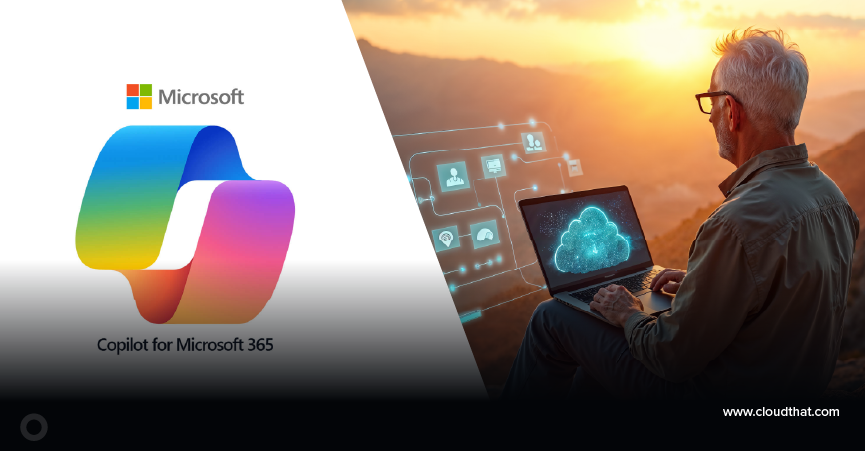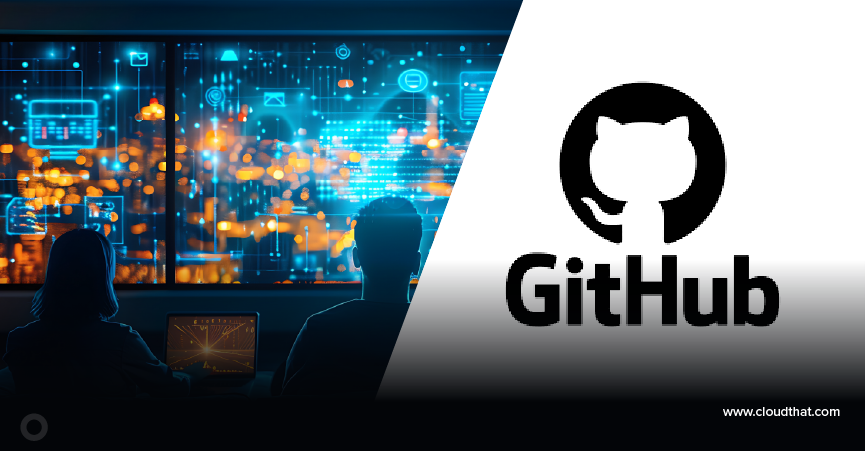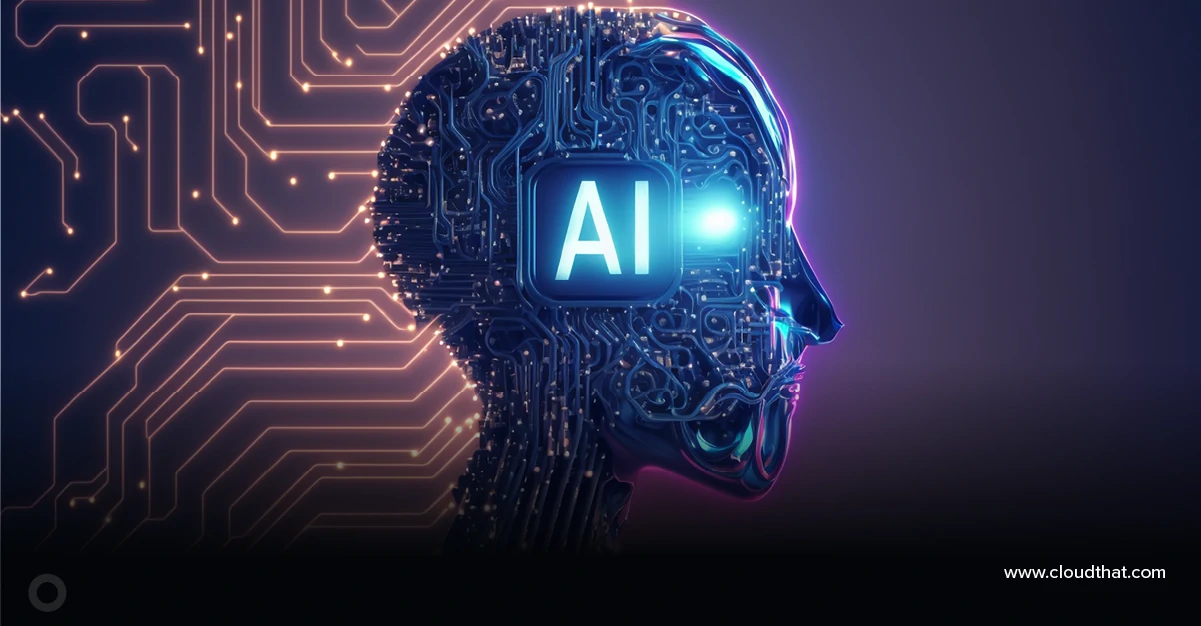|
Voiced by Amazon Polly |
Introduction
For years, neural network design was a manual, expert-driven process. Behind iconic models like AlexNet and ResNet were countless hours of trial and error. However, manual design can’t keep up with the growth of AI systems, which are becoming more complex.
Neural Architecture Search (NAS) emerged to automate this process, with Reinforcement Learning (RL-NAS) standing out as a powerful, game-changing approach capable of discovering architectures that rival or surpass human-designed models.
Pioneers in Cloud Consulting & Migration Services
- Reduced infrastructural costs
- Accelerated application deployment
Neural Architecture Search
Neural Architecture Search (NAS) automates neural network design by exploring architecture spaces to find optimal models for specific tasks, eliminating the need for manual configuration.
The Three Pillars of NAS

Every NAS approach consists of three fundamental components:
- Search Space: Defines possible architectures, often using cell-based designs for efficiency and flexibility.
- Search Strategy: Guides exploration using reinforcement learning, evolutionary algorithms, or differentiable search.
- Performance Estimation: Evaluates candidates efficiently with techniques like parameter sharing, early stopping, or zero-cost proxies to avoid full training.
Reinforcement Learning
The RL-NAS Framework
Reinforcement Learning for Neural Architecture Search (RL-NAS) treats architecture design as a sequential decision-making problem. An RL agent, called the controller, learns a policy to generate neural network architectures that maximize a reward signal based on their performance.
The framework elegantly aligns with the architecture design process:
- Agent (Controller): Typically, an LSTM that generates architecture specifications
- Environment: The training and evaluation infrastructure for candidate architectures
- Actions: Architecture design decisions (layer types, connections, hyperparameters)
- Rewards: Performance metrics (accuracy, efficiency, latency) of generated architectures
Breakthrough Achievements
The foundational work by Zoph and Le (2017) proved RL-NAS could rival human-designed models, achieving a 3.65% error on CIFAR-10. NASNet (2018) showed architecture transferability, reaching 82.7% top-1 ImageNet accuracy. Later, EfficientNet highlighted multi-objective optimization, achieving 84.3% accuracy while being 8.4× smaller and 6.1× faster than prior models, proving automated design scales to real-world deployment.
Revolutionary Breakthroughs in Modern RL-NAS (2023-2025)
Carbon-Efficient Neural Architecture Search
Carbon-Efficient NAS (CE-NAS): A Breakthrough in Sustainable AI
The biggest leap in RL-NAS is CE-NAS, introduced at NeurIPS 2024, a framework that aligns neural architecture search with real-time carbon intensity data for sustainability.
Key Innovations:
- Monitors grid carbon intensity in real time
- Schedules compute during low-carbon periods
- Optimizes architecture complexity to cut energy use
Impact:
- 7.22× reduction in emissions
- 97.35% accuracy on CIFAR-10 with just 1.68M parameters, using 38.53 lbs CO₂
- 80.6% accuracy on ImageNet at 0.78ms latency, using 909.86 lbs CO₂
CE-NAS proves that high performance and sustainability can go hand in hand.
Scalability and Transfer Learning Advances
Recent advances have dramatically improved RL-NAS scalability:
- Transformer-based RL agents now offer strong transfer learning, cutting training time by 60–80% when adapting to new search spaces.
- Zero-cost proxies like TG-NAS predict architecture performance without full training, delivering up to 1000× speedup while maintaining ranking accuracy.
These innovations boost efficiency and sustainability without sacrificing RL-NAS’s strength in discovering novel architectures.
Industry Adoption and Real-World Impact
Enterprise Platforms
Google’s Vertex AI Neural Architecture Search has emerged as the leading enterprise platform, capable of exploring search spaces containing up to 10²⁰ possible architectures. The platform supports prebuilt search spaces (MNASNet, SpineNet) and custom implementations with pay-per-use pricing, making advanced NAS accessible to organizations without massive internal research capabilities.
Production Success Stories
Nuro’s autonomous vehicle optimization demonstrates how RL-NAS optimizes complex perception systems for safety-critical applications. The collaboration with Google Cloud resulted in:
- 60% risk reduction per mile compared to manual driving (Virginia Tech Transportation Institute study)
- 6+ months of engineering time savings through automated optimization
- Discovery of novel architectural patterns specifically suited for perception tasks
Companies implementing RL-NAS typically report:
- 10-30% improvements in model efficiency without accuracy loss
- 20-50% reduction in computational requirements for training
- Substantial ROI through accelerated development cycles
Challenges and Strategic Considerations
Computational Requirements
Despite efficiency gains, RL-NAS is still compute-heavy. Modern methods need 10–100 GPU-hours (vs. DARTS’ 2–4 GPU-days), trading search depth for speed.
Sample inefficiency remains a key hurdle, thousands of evaluations are often needed due to sparse, noisy rewards. Meta-learning cuts training time by 40–60%, but RL-NAS still lags behind gradient-based alternatives in efficiency.
When to Choose RL-NAS vs. Alternatives
RL-NAS excels when:
- Seeking truly novel architectural patterns not constrained by gradient flow
- Handling complex multi-objective optimization (accuracy, latency, memory, sustainability)
- Working with discrete architectural choices
- Long-term research projects with adequate computational budgets
Alternative approaches are preferable when:
- DARTS: Rapid prototyping, limited computational resources (500-1000× faster)
- Evolutionary methods: Multi-objective optimization with parallel computing
- Bayesian optimization: Expensive evaluation scenarios with moderate search spaces
Hybrid Approaches
Recent hybrid methods like RL-DARTS combine benefits by using RL as a meta-optimizer for DARTS hyperparameters, achieving 97.1% accuracy on CIFAR-10 while reducing search time by 10×. This suggests the future lies in combining approaches rather than choosing between them.
Future Directions
Large Language Model Integration
LLM-generated architectures represent a paradigm shift from search-based to generation-based discovery. Frameworks like LLMatic use LLMs to generate neural architectures through code generation, leveraging natural language descriptions of requirements and enabling rapid prototyping.
Training-Free and Sustainable Methods
Zero-shot NAS addresses sustainability concerns while democratizing access. Training-free methods using gradient properties and architectural patterns reduce carbon footprints by orders of magnitude, making sophisticated architecture searches accessible to researchers with limited computational resources.
Foundation Model Optimization
Recent advances like Flextron and Minitron demonstrate Pareto-optimal architectures for large language models that balance capability with deployment constraints. Integrating parameter-efficient fine-tuning with architecture search shows promise for optimizing large-scale models without prohibitive computational costs.
Practical Implementation Strategy
Getting Started
For practitioners, the strategic approach is:
- Define objectives clearly: Balance accuracy vs. efficiency trade-offs and deployment constraints
- Start with efficient methods: Use DARTS or random search for initial exploration
- Apply RL-NAS for refinement: Leverage RL-NAS’s unique strengths for novel discovery and complex constraint handling
Hardware and Tools
Modern RL-NAS implementations typically require:
- Research-scale: 4-8 modern GPUs with 32-128 GB RAM
- Production-scale: Cloud-based distributed training (Google TPUs, AWS/Azure GPU clusters)
- Frameworks: Vertex AI NAS for enterprise, open-source tools like NNI or AutoGluon for research
Cost optimization strategies include utilizing preemptible cloud instances, mixed-precision training, and efficient search spaces to make RL-NAS more accessible to a broader audience.
Conclusion
Here’s a distilled summary of its current significance and future direction:
Key Insights:
- Technical Maturation
RL-NAS now strikes a practical balance between discovery power and computational efficiency, ready for production without sacrificing innovation. - Integration Paradigm
The future isn’t about choosing RL-NAS over other methods but combining it with them for a more robust architecture design. - Sustainability Imperative
Carbon-aware optimization and training-free approaches are making RL-NAS greener and more accessible. - Expanding Scope
No longer limited to accuracy gains, RL-NAS now considers efficiency, deployment constraints, and system-level performance.
Strategic Takeaway for Practitioners:
Use RL-NAS where it shines, solving complex constraints, uncovering novel designs, and optimizing in high-stakes, multidimensional scenarios. Combine it with other techniques for full-spectrum performance.
Drop a query if you have any questions regarding Reinforcement Learning and we will get back to you quickly.
Empowering organizations to become ‘data driven’ enterprises with our Cloud experts.
- Reduced infrastructure costs
- Timely data-driven decisions
About CloudThat
CloudThat is an award-winning company and the first in India to offer cloud training and consulting services worldwide. As a Microsoft Solutions Partner, AWS Advanced Tier Training Partner, and Google Cloud Platform Partner, CloudThat has empowered over 850,000 professionals through 600+ cloud certifications winning global recognition for its training excellence including 20 MCT Trainers in Microsoft’s Global Top 100 and an impressive 12 awards in the last 8 years. CloudThat specializes in Cloud Migration, Data Platforms, DevOps, IoT, and cutting-edge technologies like Gen AI & AI/ML. It has delivered over 500 consulting projects for 250+ organizations in 30+ countries as it continues to empower professionals and enterprises to thrive in the digital-first world.
FAQs
1. How is RL-NAS different from other methods?
ANS: – RL-NAS uses an agent to design models step-by-step, ideal for complex goals like latency or memory optimization, often discovering novel architectures.
2. Can small teams use RL-NAS?
ANS: – Yes, newer methods like CE-NAS and proxies reduce compute needs. Start with simpler methods, then refine using RL-NAS. Tools like AutoGluon or Vertex AI help.

WRITTEN BY Abhishek Mishra
Abhishek Mishra works as an Associate Architect at CloudThat. He is a 4X AWS-certified professional, focusing on NLP and data science. Abhishek is pursuing a Master’s in Artificial Intelligence at IU International University of Applied Sciences. At AutomationEdge, he has worked on NLP models using BERT, GPT, and Rasa, and has contributed to computer vision projects with YOLO and TensorFlow. He is skilled in Python, Django, Streamlit, and PostgreSQL, and he builds data pipelines and tools.


 Login
Login


 June 18, 2025
June 18, 2025 PREV
PREV










Comments